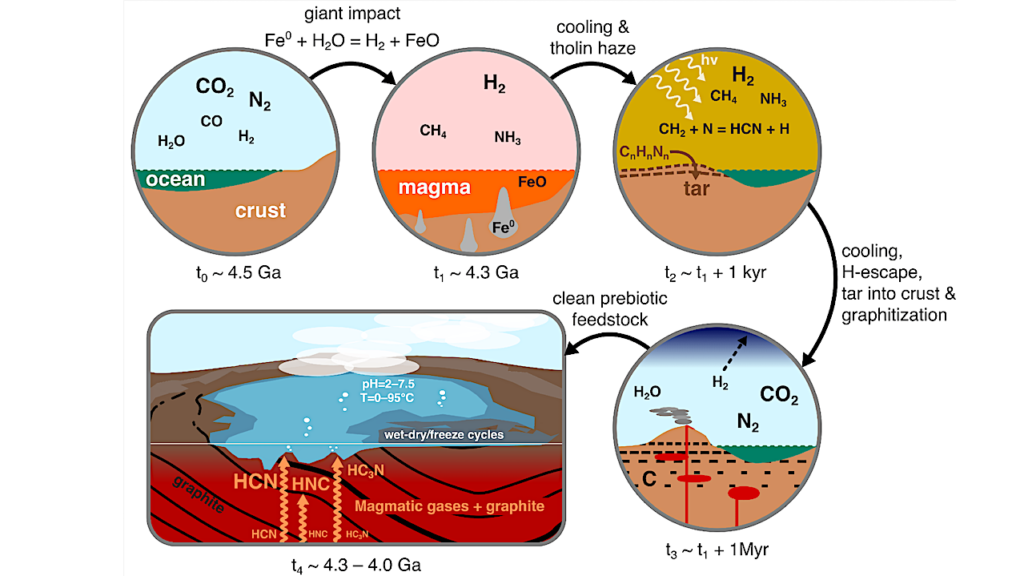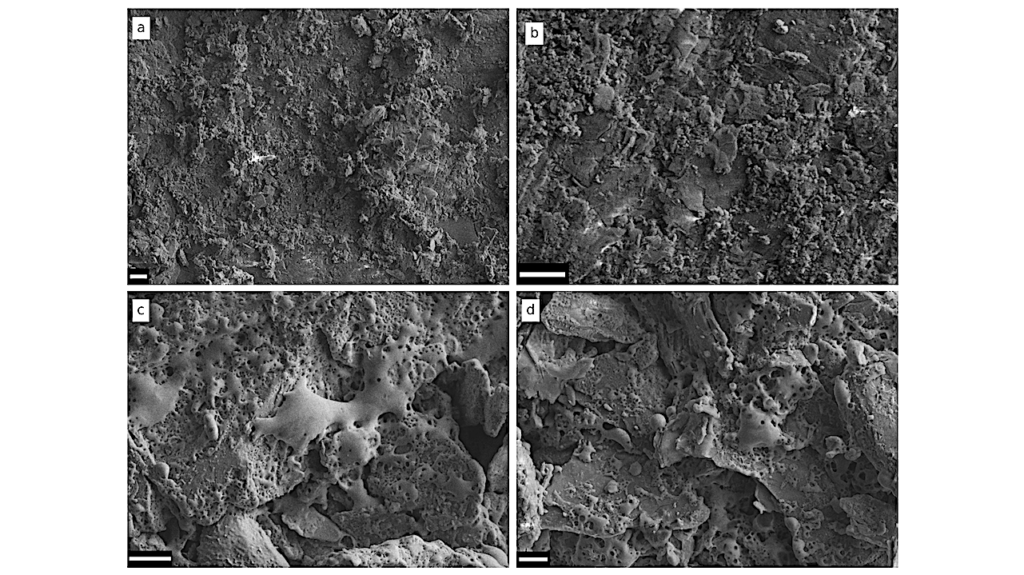Searching for Extrasolar Biosignatures
Researchers supported in part by the NASA Astrobiology Institute and the NASA Exobiology & Evolutionary Biology program have used computer models to study the potential of organic sulfur compounds to be biosignatures in exoplanetary atmospheres. The results indicate that the most detectable feature involves levels of ethane that are higher than expected based on a target planet’s methane concentration. These detection techniques will be particularly useful for finding life on planets similar to the early Earth, that do have life but do not have atmospheric oxygen or ozone, two major biosignature gases. The team suggests that a mission that can detect the ethane and methane in exoplanet atmospheres could find life on such planets, thereby increasing our chances of finding a habitable world outside our solar system.
The study was recently published in the journal Astrobiology and is now available online.








